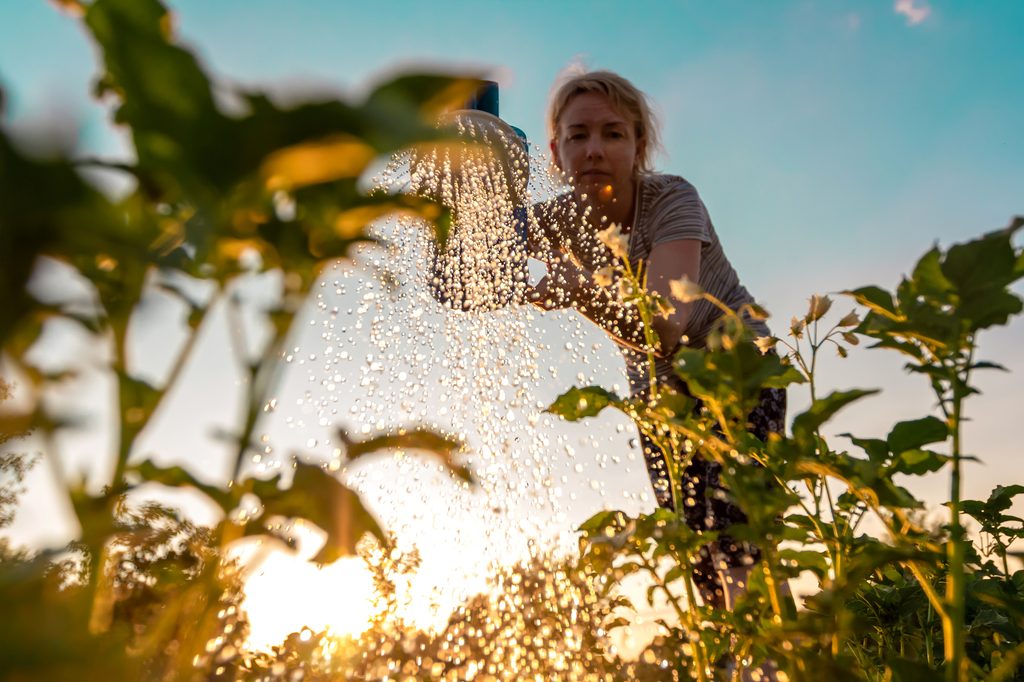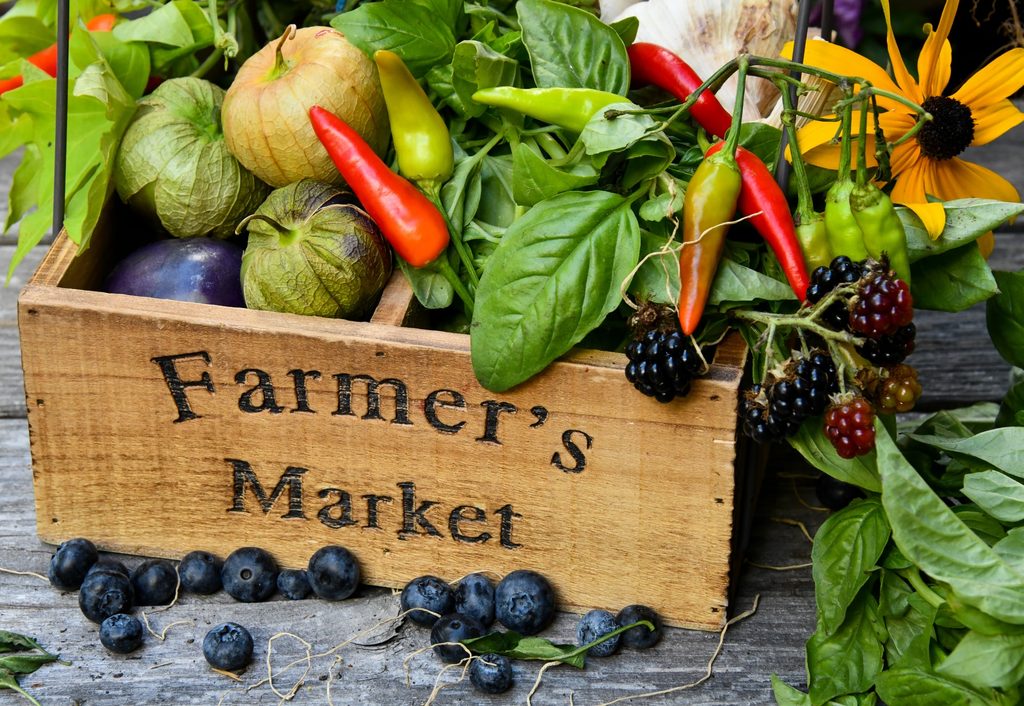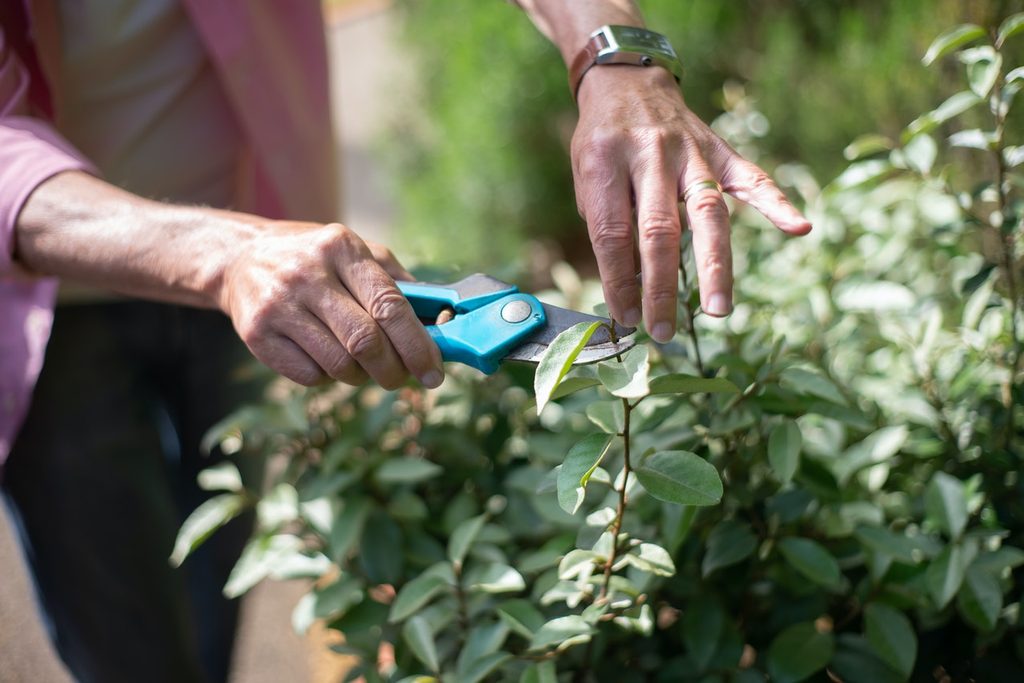Life can feel like it’s all about the grind, but it doesn’t have to be hustle and bustle all the time. Slow living is a lifestyle all about being in the moment and moving through the world at your own speed. But you don’t have to turn your life around to enjoy a slower life. Incorporating plants into your everyday routine is a great way to pump the brakes and enjoy life at a slower pace. If you’re curious about slow living and how gardening can be a part of this growing lifestyle, read on.

What is the slow living movement?
What exactly is slow living? Well, it’s really all in the name. Slow living, at its core, encourages a slower approach to living. Countering a fast-paced life, it’s all about completing things at a leisurely pace. It emerges as pushback against consumer and hustle culture as it favors being intentional with your time, energy, and resources. The goal of slow living is to be present in your daily life and avoid packing your schedule with things to do. As such, you’ll be able to engage with life in a deeper and more meaningful way.

Where does slow living come from?
Slow living has seen somewhat of a resurgence in recent years with the COVID-19 pandemic and the rise of cottagecore, as people took refuge and comfort in their homes. But it’s actually been around for longer than you might think. Slow living takes root in the Italian slow food movement from the ‘80s, which emphasized sustainable local food production and traditional cooking with the rise of fast food. This movement was an effort to preserve local cuisine traditions, stop food waste, and support regional food producers and small businesses. It was also about taking time to enjoy food and connecting with loved ones through food. Fast forward to 2004: Carl Honoré’s In Praise of Slow essentially consolidated the ethos of slow living by critiquing society’s emphasis on speed.

How to incorporate plants into your slow living routine
You can integrate plants into a slow lifestyle beautifully. Gardening is an activity that requires focus and deliberation, so it takes you out of the daily grind. It encourages you to (slowly) appreciate the beauty that nature has to offer. So, without further ado, here are three simple ways to incorporate plants into your slow living routine.
1. Nourishing houseplants and garden plants
Slow living is often conflated with fleeting examples of self-care, but it can also be a sustained journey. Because plants are living beings that require attention, they take you out of your hectic schedule for a slow activity. Plant care is a tactile activity, which is excellent for slow living as it encourages you to engage with senses such as touch, sight, and smell. As you reach for the watering can and play with soil, you pause from whatever’s enticing you on your phone or computer. And of course, plants don’t shoot up overnight. They take time to develop, so you appreciate their steady growth with time.
So head to a grocery store or nursery to pick out a few plants, then research them to give them the best care possible. Depending on how many plants you have, your indoor or outdoor plant care routine might be a daily occurrence or a once-a-week activity.
2. Edible gardening
Edible gardening can bring us back to slow living’s roots in slow food. Caring for plants helps you appreciate the labor that goes into producing food. By growing your own food, you can control what goes into your food (such as organic herbicides and fertilizers). You also leave a smaller carbon footprint on the planet as you save the trip to the supermarket. Many fruits and vegetables go on long journeys on trucks before they get to the fresh produce aisle.
Edible gardening can mean building multiple garden beds in a vast backyard. You can truly get lost in growing your own food, but you don’t have to go all out. If you live in a small space or don’t have the financial means to commit to a huge vegetable garden, a modest edible garden is perfectly okay. Grow a few of your favorite fruits and veggies in a container garden, or start a mini kitchen windowsill garden with your favorite herbs.
3. Connecting with fellow gardeners
Gardening encourages you to form meaningful relationships with fellow houseplant lovers and gardeners. Although slow living embraces self-awareness in a fast-paced world, it’s not just about cultivating a relationship with yourself. The slow movement is also about forming richer relationships with others for a more meaningful life. While gardening can be a solitary activity, it doesn’t have to be. Many people can enjoy delicious fresh foods and beautiful flowers. As such, gardening can be a great way to connect with all kinds of people.
There is a wide range of ways you can connect with fellow gardeners. On a personal level, you can share seeds, cuttings, and helpful gardening tips with neighbors and local garden enthusiasts. You can also gift the fruits (or flowers or vegetables) of your labor! Volunteering at a community garden is another way to connect with others through plants, especially if you can’t commit to a personal garden. Talking about plants with fellow volunteers can be a gateway to more meaningful conversations.
So go forth, and take it slow. If you’re looking for easy and low-key ways to slow down your life, try your hand at growing plants. You’ll find that plants engage with your senses, deepen your understanding of the world around you, and allow you to connect meaningfully with others.


